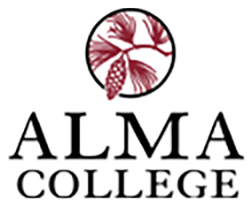Abstract
Introduction: The high oxygen demand of the heart’s myocardium is met via perfusion through the coronary arterial system. During embryological development, the right (RCA) and left (LMCA) coronary arteries fuse onto the aortic root, creating right (RCO) and left (LCO) ostial openings respectively to join the closed circulatory system. Regardless of their widely variable branching patterns, the ability of the RCA and LMCA to perfuse the myocardium initially relies on the functional patency of the coronary ostia. The objective of this study is to examine a unique extra-ostial tissue structure found overlying an RCO and provide a literature-based discussion of its clinical significance.
Methods: The RCO variation was discovered during routine academic dissection of an elderly male cadaver. The RCA and RCO variation were photographed from multiple views, and gross measurements of bilateral ostial openings and coronary artery diameters were collected. Twenty-nine additional hearts were dissected and examined in comparison.
Results: The RCA with variant RCO exhibited acute take-off despite the RCO presenting within the range of its typical location relative to the sinotubular junction (STJ) and anterior aortic sinus. The RCO variation is best described as a semilunar valve-like extra-ostial tissue variation that covered the RCO. The LCO was unremarkable for variation.
Conclusions: This RCO variation appears to be a rare observation. Persistence of the aortic wall in association with the acute take-off angle of RCA is thought to have contributed to the development of the RCO variant structure. The location and structure of the extra-ostial tissue poses increased risk for obstructing blood flow into the RCA during normal cardiac conditions, and even higher risk is anticipated with contribution from an unassociated pathology (coronary artery disease, arteriosclerosis, etc.). Extra consideration for both surgical qualification and installation of a transcatheter aortic valve replacement (TAVR) and proximal RCA angioplasty would be necessary for a patient with this RCO variation. This report may provide insights to cardiologists and medical educators for screening, surgical planning, and treatment plans for patients with such a variation.
Recommended Citation
Hensley, Jessica L.; Anders, Joseph X.; Robinson, Timothy; Srinivasan, William; Matz, Donald G.; and Snow, Ethan L.
(2025)
"Structural Variation of the Right Coronary Ostium and Its Implications to Cardiac Medicine,"
The Journal of Integrative Physiology: Vol. 1:
Iss.
1, Article 5.
Available at:
https://digitalcommmons.alma.edu/jip/vol1/iss1/5

